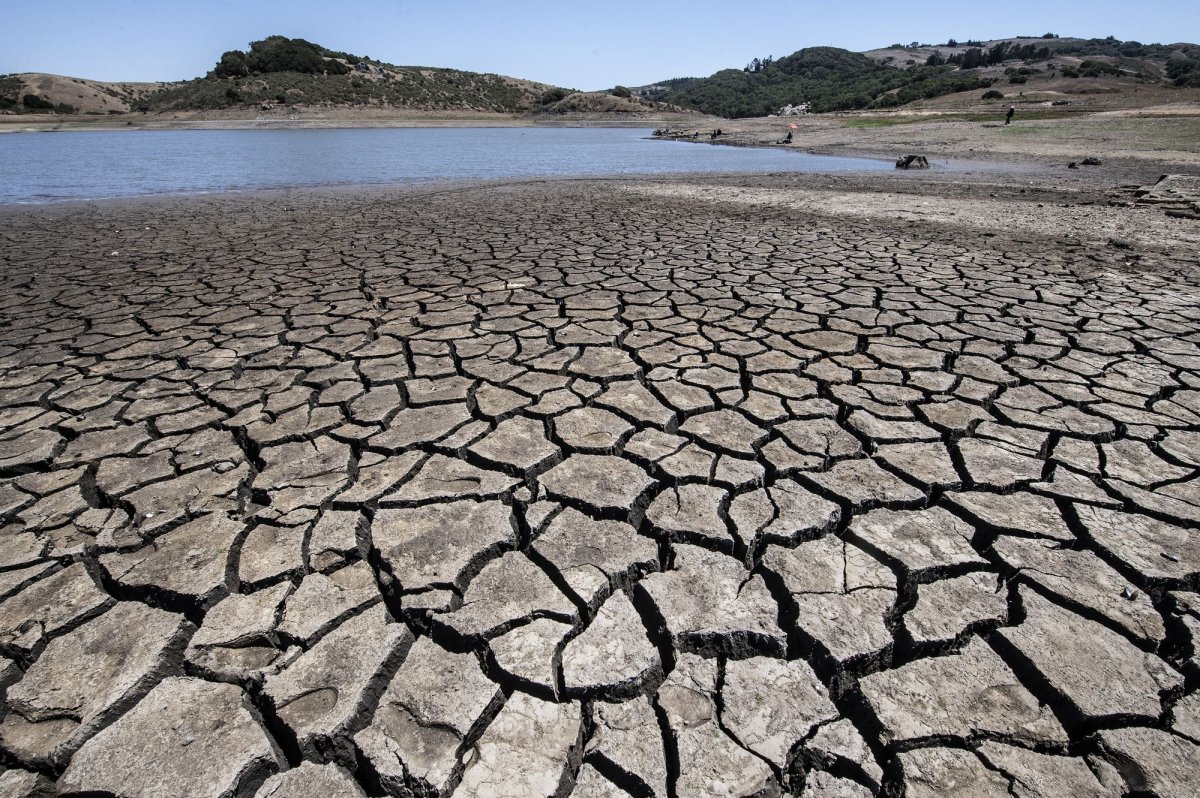What is a ‘Megadrought’?
A megadrought is a drought that lasts at least two decades. In the past, megadroughts have been linked to prolonged La Niña conditions.
Overview:
- Megadrought is a term that refers to the length of a drought rather than its acute intensity. The term is used in scientific literature to describe droughts that last several decades.
- Multiyear droughts which were less than a decade, like the 1930s Dust Bowl drought, are not considered as megadroughts.
Impacts of Megadroughts
Megadroughts have resulted in large-scale human migration away from the drought-affected areas, resulting in considerable population decline compared to pre-drought levels. Megadroughts are suspected of playing a major role in the collapse of many pre-industrial civilizations such as the Khmer Empire of Cambodia, the Anasazi of the North American Southwest, the Tiwanaku of Bolivia, the Mayan of Mesoamerica, and the Yuan Dynasty of China.
The African Sahel region has experienced many megadroughts, the most recent of which lasted from around 1400 to 1750 AD. During the Medieval Warm Period, North America witnessed at least four megadroughts.
Sources for Determining the Frequency and Occurrence of Megadroughts
Lakes dry up during megadroughts, and other plants and trees grow in the beds of the dry lake. When the drought ends, the lakes refill, submerging the trees and causing them to perish. These trees have been preserved in some locations and maybe researched for accurate radiocarbon dates, as well as the tree rings can be researched upon. In California’s Tenaya and Mono lakes, Ghana’s Lake Bosumtwi, and other lakes such trees have been discovered.
Dendrochronology is the study and dating of annual tree rings. According to tree-ring data, droughts in the Western United States have lasted ten times longer than anything seen in the modern United States.
On the basis of annual tree rings, the drought patterns, since 1700, over most of the U.S. have been recorded by NOAA.
Sediment core samples were collected from the volcanic caldera of Valles Caldera in New Mexico, as well as other locations. The cores from Valles Caldera date back 550,000 years and reveal evidence of megadroughts lasting up to 1000 years during the mid-Pleistocene Epoch, when summer rains were scarce.
Month: Current Affairs - February, 2022
Category: Environment Current Affairs


